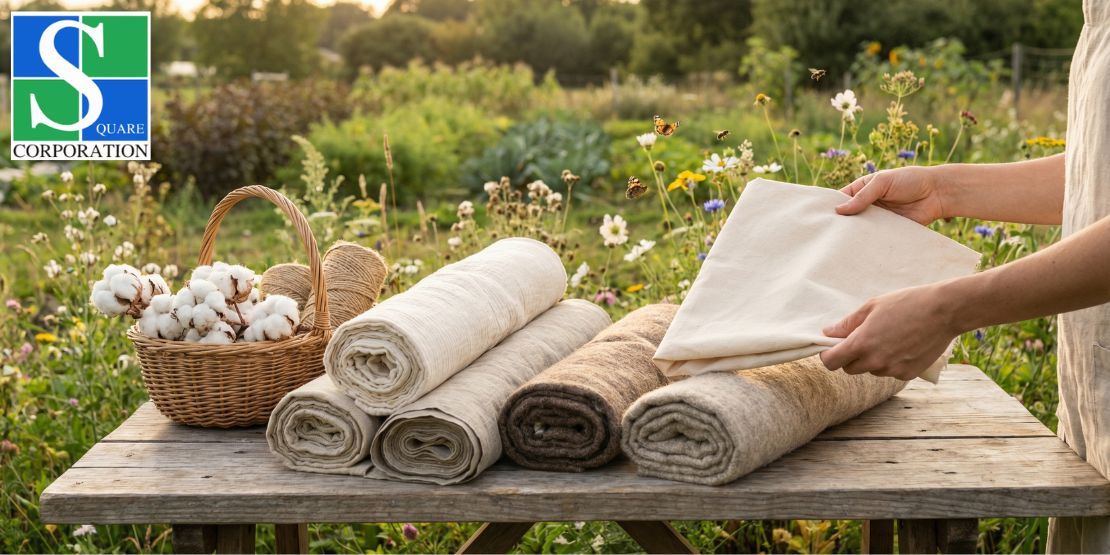30 November, 2025 | by Admin
How to Choose the Right Yarn for Your Textile Needs
02 May, 2025 | by Admin
Have you ever thought why certain textile items are so soft and luxurious in appearance and feel? Well, all this is due to the yarn. But why is it that the most critical element of the textile industry? The primary reason is that it is the main foundation for fabric production. That is why getting the correct yarn for the best Indian textile manufacturing industry is important.
The right thread ensures durability, functionality, and aesthetic appeal, whether you’re doing fine embroidery or heavy-duty work such as fishing nets or safety harnesses. Finding the right yarn for your fabric is difficult but not impossible. If you don’t know how to do it, you will learn more about it in detail at the end of this article. Let’s begin the topic without delay.
Tips For Choosing The Ideal Yarn For Your Fabric
Choosing the ideal yarn for your fabric is vital, as already noted, but how do you do it? Then, check that in detail.
Evenness or yarn count
The number of yarn per unit length is referred to as the yarn count, and it specifies the thickness of the yarn. The term “yarn variation” is used to indicate the way the yarn quantity changes along their course. Evenness is among the major defects with staple-spun yarn. Linear density constant occurs with continuous filament yarn.
There will be thin and thick spots along the length of a poor yarn with evenness, and there is a high possibility that thin spots will twist. This results in variation in thickness, strength, or diameter in a yarn which ultimately affects the appearance of the finished product. For top organic fabric manufacturers in India, you need to seek out the best yarn available.
Quality of the yarn
In the course of our investigation, prioritizing quality stands out as a crucial step in choosing the perfect yarn. The foundation of any successful textile project is quality, and the yarn you choose is the first step in that process. The quality of the yarn determines the appearance, longevity, and overall functionality of the finished cloth. High-quality yarn is a fundamental element that influences every aspect of your project. Investing in the best quality yarn is critical to having a polished and long-lasting end result.
Yarn color
Originality and what you can create by yourself are integral parts of art. It shows your creativity and uniqueness. Generally, any arbitrary color that may suit the pattern may be used. There are sometimes elusive colors that are critical to making a project great from good after you acquire your groove.
Never forget to “look” before you touch. The best yarn comes in your favorite color. As the best yarn material is required for the Indian textile manufacturing business, you will have to pick accordingly.
Breaking strength
The tensile properties of yarns in textiles are important in evaluating their application suitability. Proper evaluation of the breaking strength characteristics is vital, as it not only determines the performance and durability of the fabric but also ensures compliance with the requirements of its use. Knowledge of these properties enables making informed material choices, thereby optimizing the quality and functionality of the end product.
Selecting proper yarn starts with an absolute idea of how the project will be used. This defining aspect should be a determining factor in your decisions between cotton yarn prices, quality, and other factors. Keeping the final use in mind throughout the entire yarn selection process will enable you to make sound decisions on material makeup, spinning parameters, and affordability. Knowing the purpose and intended consumer of the final product will enable you to make decisions best serving your project aims.
Related Posts
25 November, 2025 | by Admin
Common Misunderstandings About Eco-Friendly Fashion...
20 November, 2025 | by Admin







